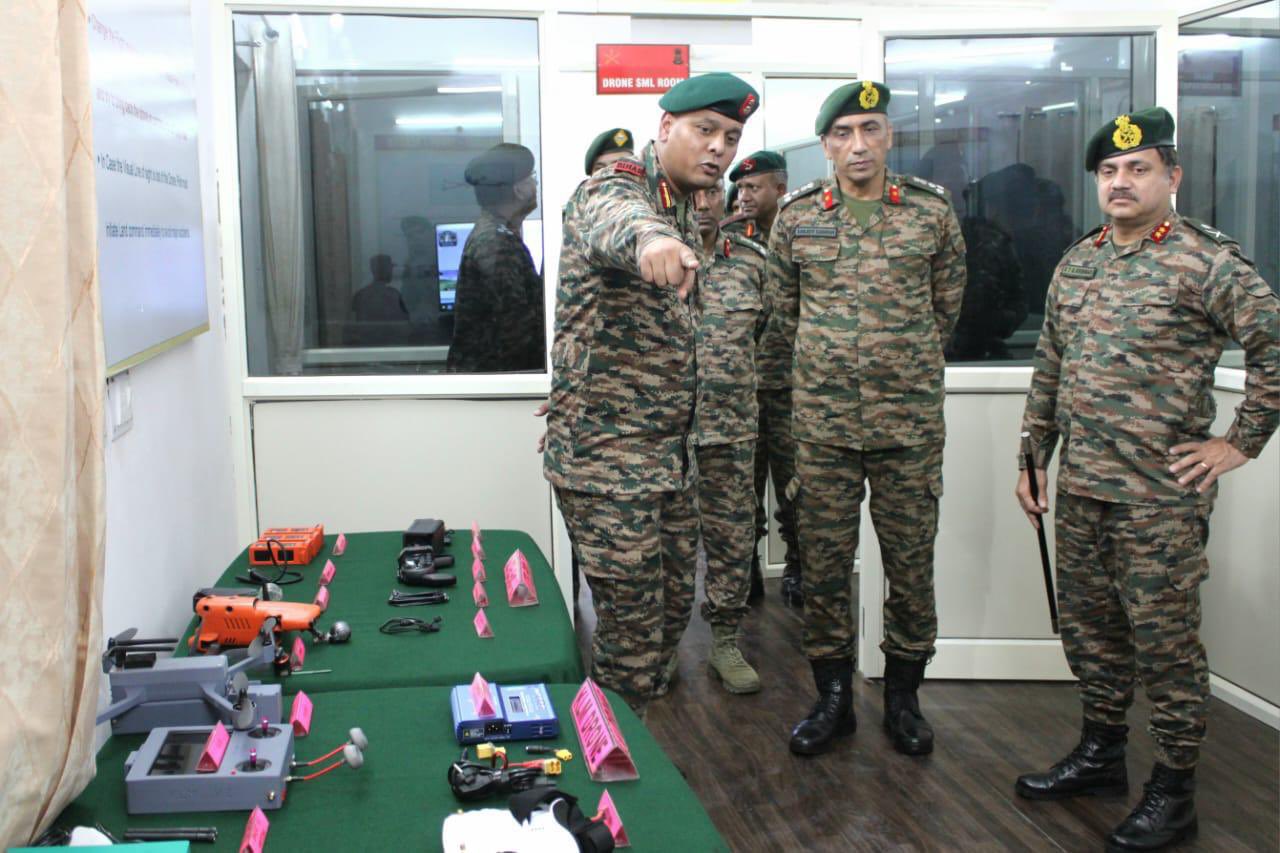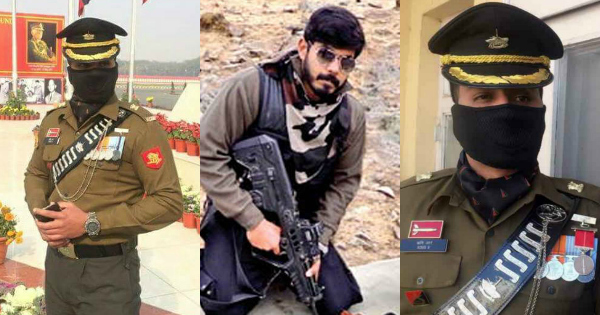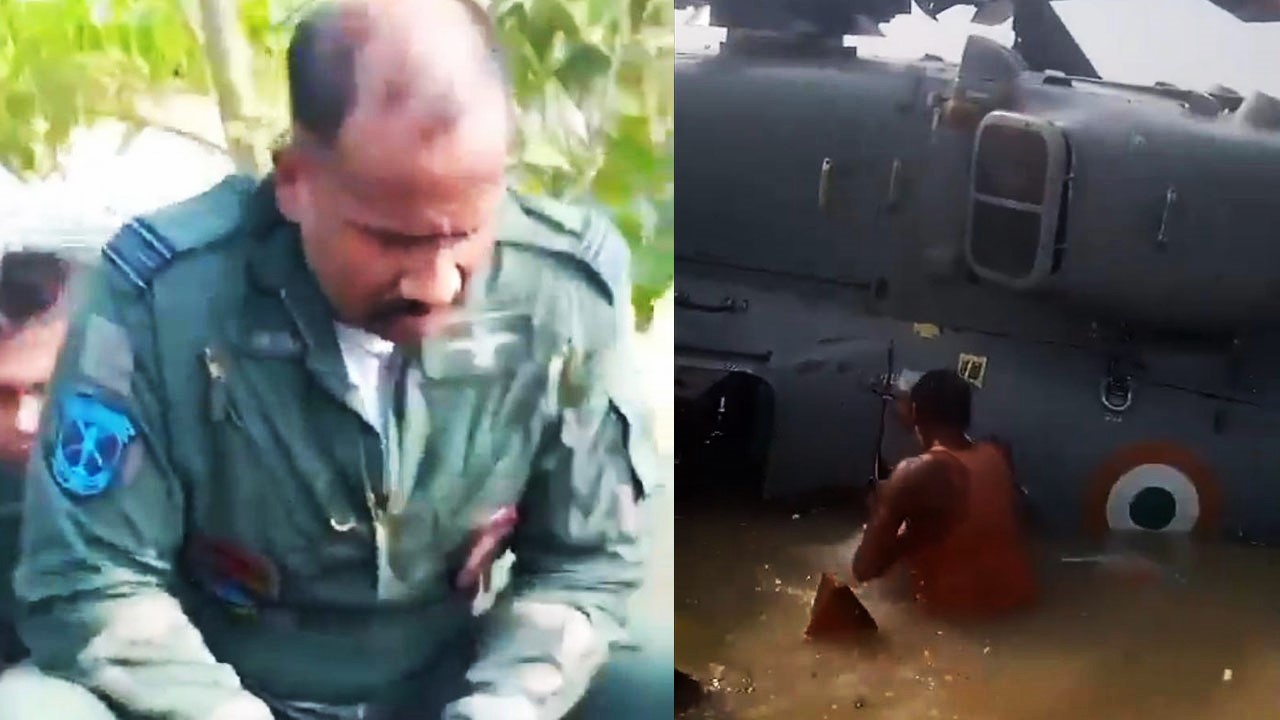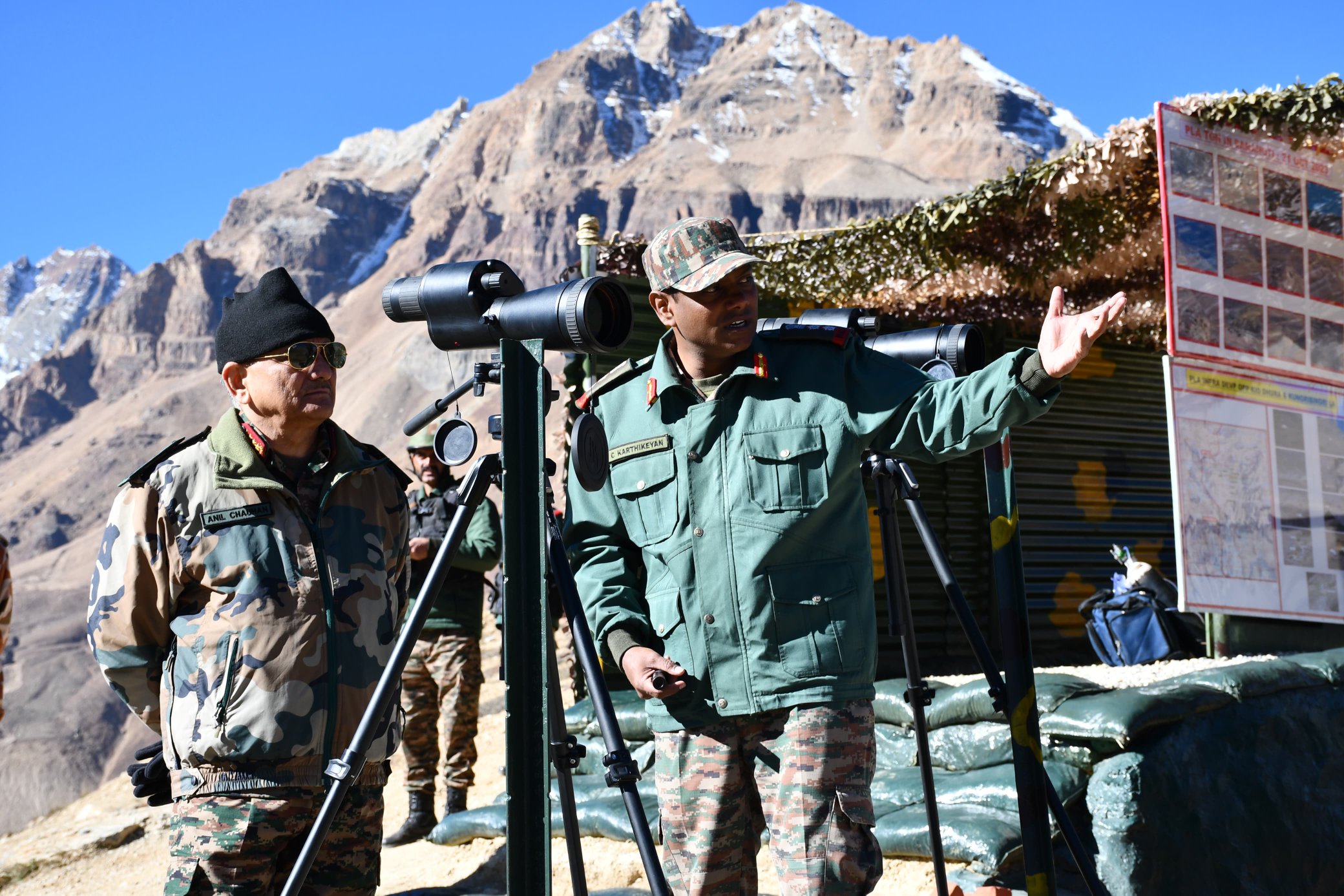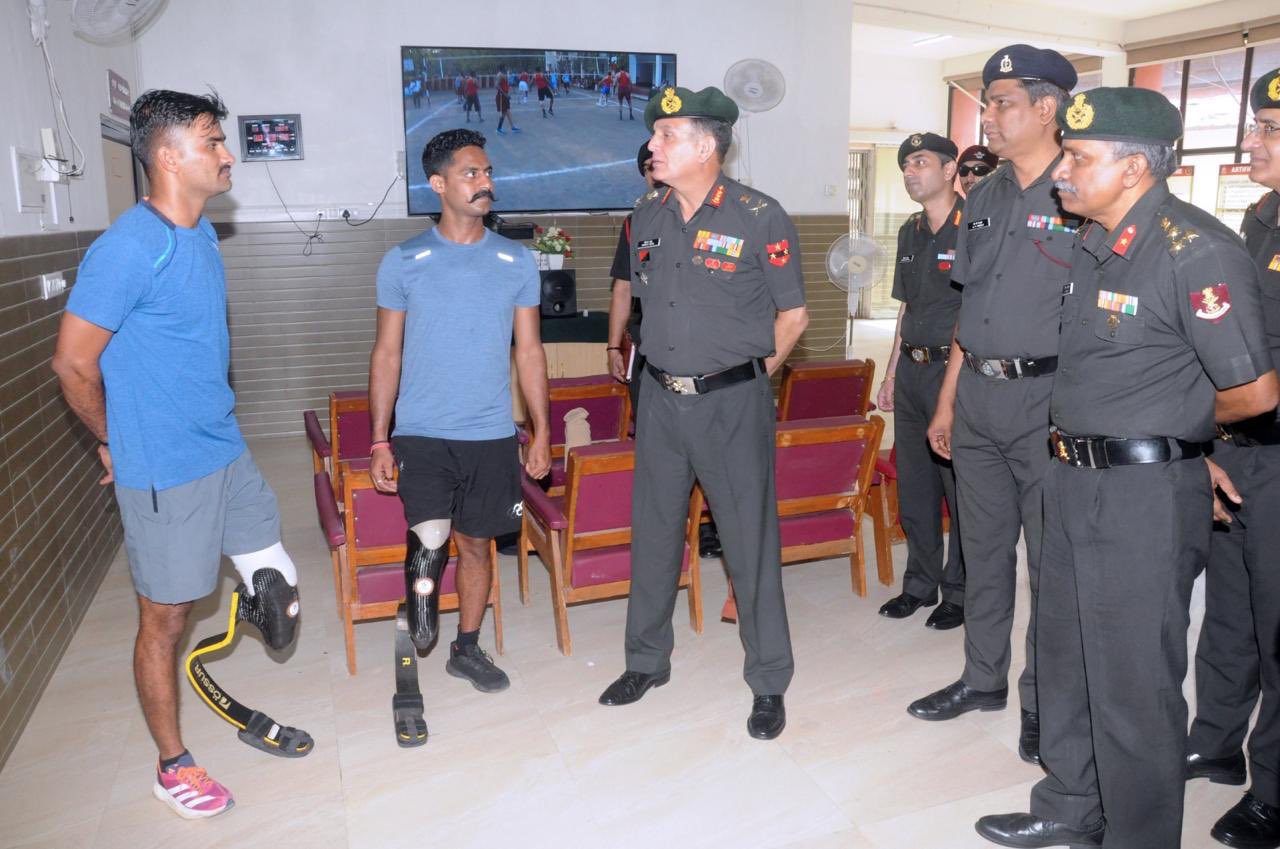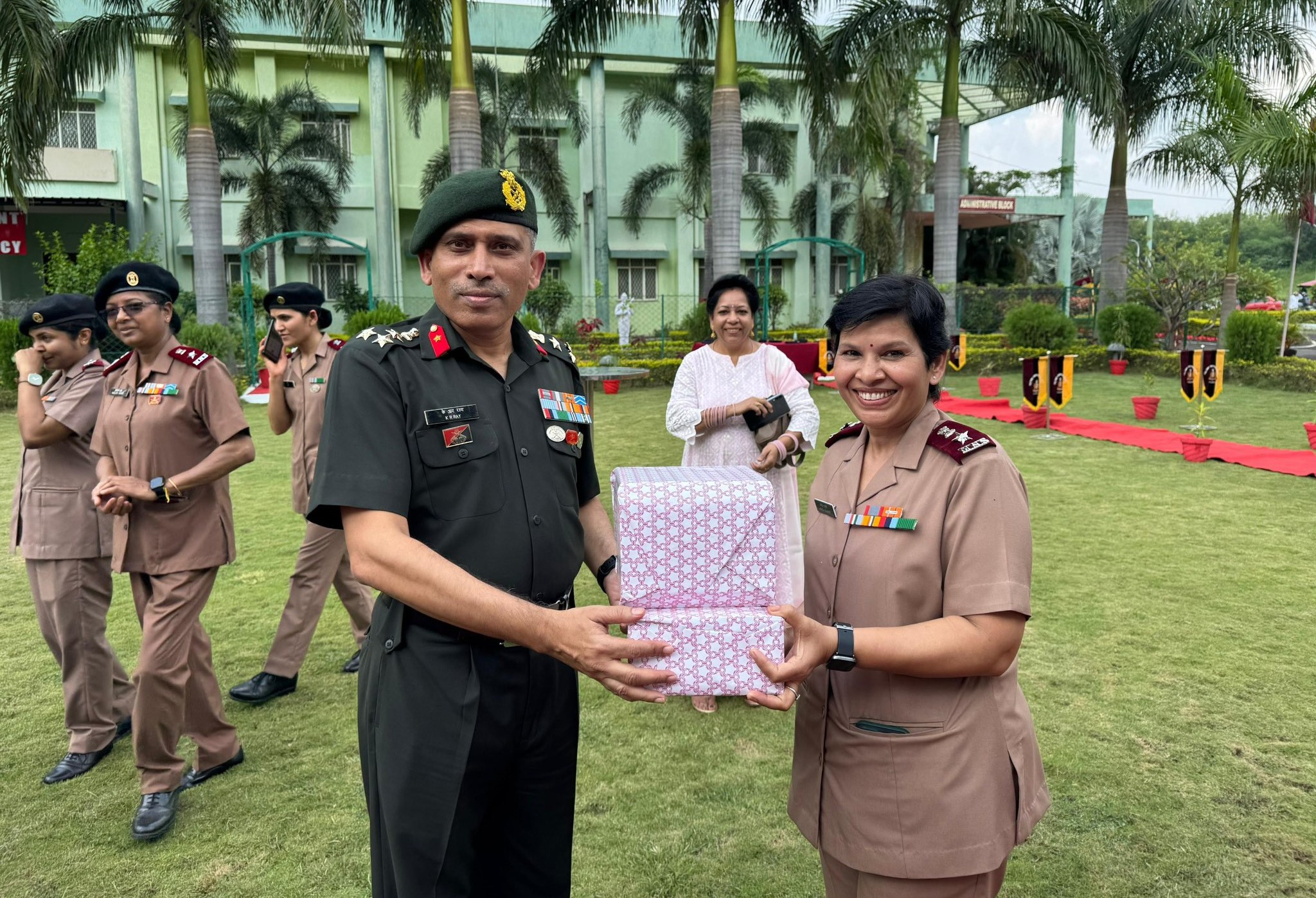Major General KTG Krishnan Inaugurates FALCON Drone Training Node at Gwalior Military Station
In a significant step towards enhancing drone warfare capabilities, the Focussed Aerial Learning & Combat Operations Node (FALCON) was inaugurated…
Inspiring Story of Major Rishi Nair Will Give You Goosebumps
He quickly deployed his troops and plugged any escape routes for his two targets. Aquib was the longest-surviving local militant…
IAF Helicopter Makes Emergency Landing in Bihar, Locals Save the Crew
An Indian Air Force (IAF) helicopter made an emergency landing in a waterlogged area in Bihar's Muzaffarpur district on Wednesday,…
CDS General Anil Chauhan Reviews Operational Preparedness Along Indo-China Boundary in Middle Sector
General Anil Chauhan, Chief of Defence Staff (CDS), visited the forward areas along the Indo-China boundary in the Middle Sector…
Lt Gen Dhiraj Seth Visits Artificial Limb Centre, Pune
Lt Gen Dhiraj Seth, AVSM, Army Commander, Southern Command, paid an insightful visit to the renowned Artificial Limb Centre (ALC)…
Military Nurses Celebrate 99th Raising Day at Military Hospital, Bhopal
The Military Nursing Service (MNS) proudly celebrated its 99th Raising Day with a heartfelt event at the Military Hospital, Bhopal.…

